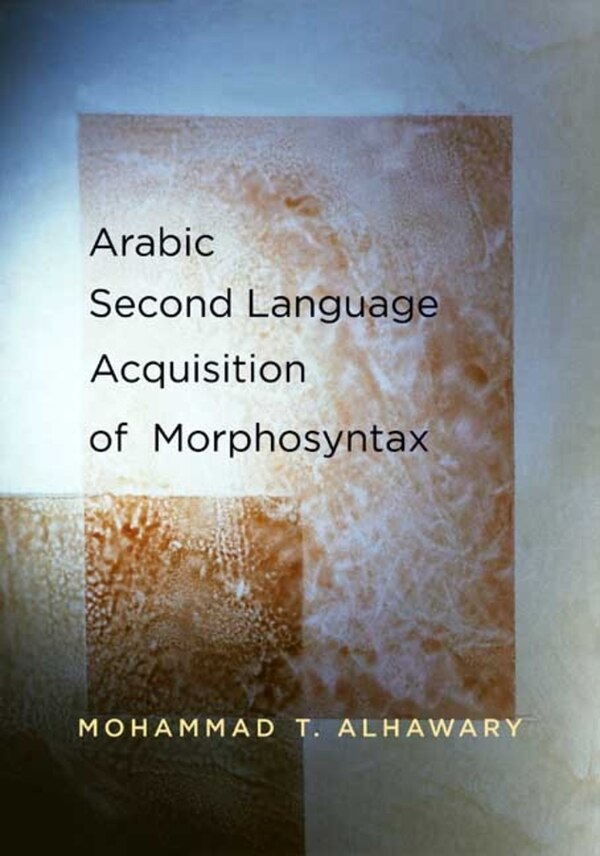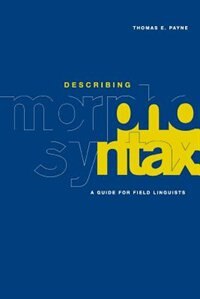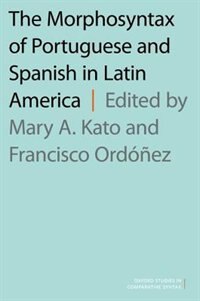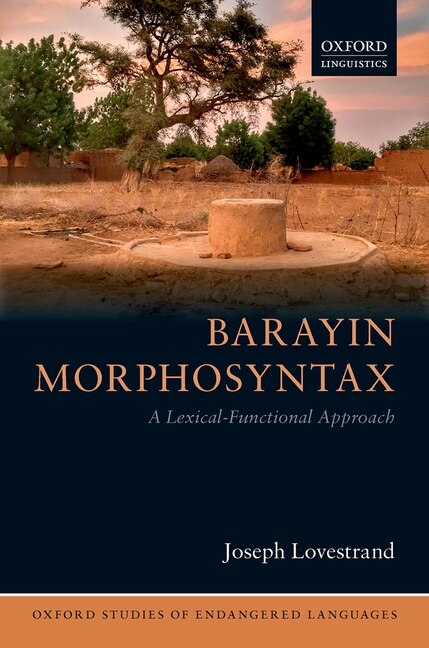Home
The Morphosyntax of Transitions by Víctor Acedo-Matellán, Paperback | Indigo Chapters
Loading Inventory...
Indigo
The Morphosyntax of Transitions by Víctor Acedo-Matellán, Paperback | Indigo Chapters
From Víctor Acedo-Matellán
Current price: $94.99
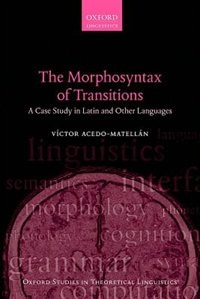

Indigo
The Morphosyntax of Transitions by Víctor Acedo-Matellán, Paperback | Indigo Chapters
From Víctor Acedo-Matellán
Current price: $94.99
Loading Inventory...
Size: 17.8 x 234 x 492
*Product information may vary - to confirm product availability, pricing, shipping and return information please contact Indigo
This book examines the cross-linguistic expression of changes of location or state, taking as a starting point Talmy's typological generalization that classifies languages as either 'satellite-framed' or 'verb-framed'. In verb-framed languages, such as those of the Romance family, the resultstate or location is encoded in the verb. In satellite-framed languages, such as English or Latin, the result state or location is encoded in a non-verbal element. These languages can be further subdivided into weak satellite-framed languages, in which the element expressing result must form a wordwith the verb, and strong satellite-framed languages, in which it is expressed by an independent element: an adjective, a prepositional phrase or a particle. In this volume, Victor Acedo-Matellan explores the similarities between Latin and Slavic in their expression of events of transition: neitherallows the expression of complex adjectival resultative constructions and both express the result state or location of a complex transition through prefixes. They are therefore analysed as weak satellite-framed languages, along with Ancient Greek and some varieties of Mandarin Chinese, and stand incontrast to strong satellite-framed languages such as English, the Germanic languages in general, and Finno-Ugric. This variation is expressed in terms of the morphological properties of the head that expresses transition, which is argued to be affixal in weak but not in strong satellite-framedlanguages. The author takes a neo-constructionist approach to argument structure, which accounts for the verbal elasticity shown by Latin, and a Distributed Morphology approach to the syntax-morphology interface. | The Morphosyntax of Transitions by Víctor Acedo-Matellán, Paperback | Indigo Chapters

